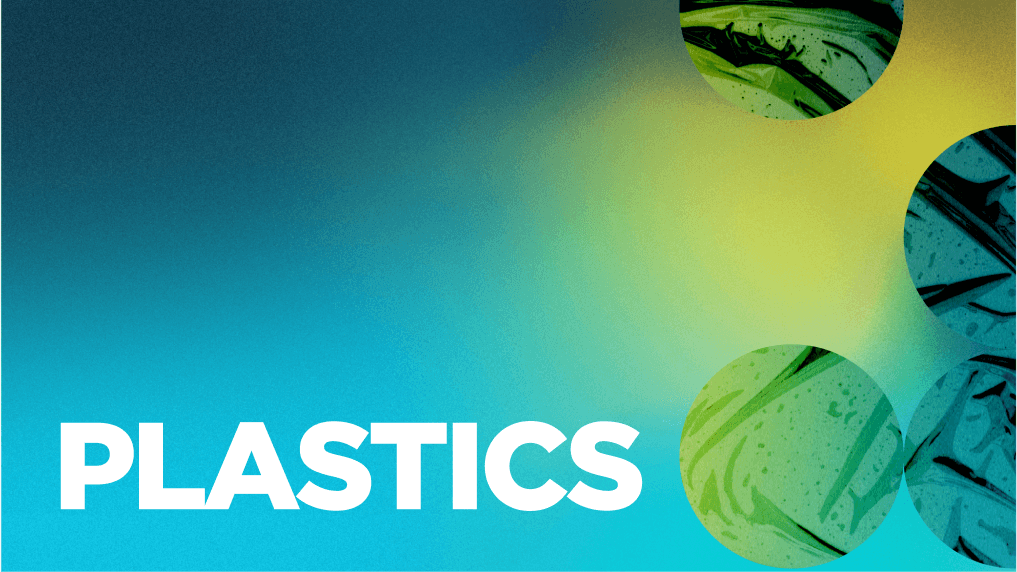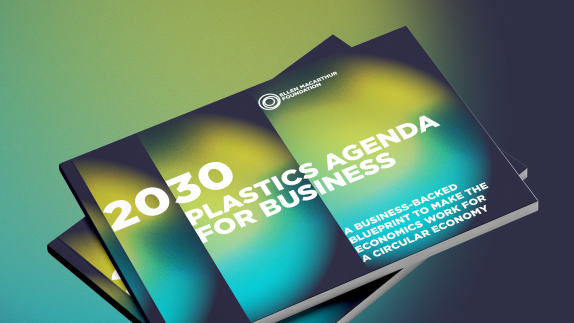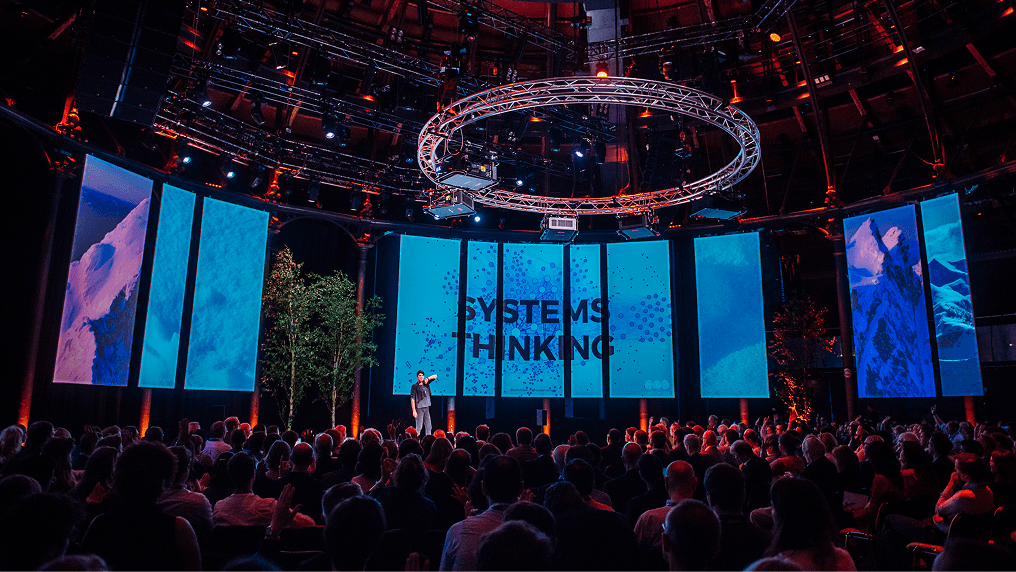Flexible packaging, like sachets, wrappers, and pouches, is a fast-growing plastic type, valued for being lightweight, functional, and low-cost. With low recycling rates and high rates of leakage into the environment, it is also one of the hardest types to manage from a circularity and pollution perspective.
Overcoming this systemic barrier would stop one of the largest sources of plastic packaging pollution. Without tackling flexible plastic packaging pollution, more than 20 trillion flexible packaging items could end up in the ocean over the next 15 years, with many more polluting the wider environment.
The challenge is greatest in markets which combine high growth, low collection and high waste mismanagement rates, often relying on a sachet economy, where numerous products are sold in small, single-portion, flexible packaging targeted at low-income consumers.


Accelerating change: our focus
Solutions are possible. To help tackle flexible packaging waste and pollution, the Foundation will initially focus on material innovation. This is just one of several solution pathways, and cannot be effective without also first and foremost shifting to alternative delivery models, such as reusereuseThe repeated use of a product or component for its intended purpose without significant modification., as much as possible and improving collection and recycling infrastructure. The Foundation is also exploring these via our work on reuse and infrastructure.
Priority actions for business
While a growing number of stakeholders are exploring alternative materials — paper-based alternatives in particular — there is a lack of alignment on where and under what conditions these could play a role. In such uncertainty, the significant R&D investments and scale-up of production needed to increase the viability of such alternatives are hindered.
To accelerate action, businesses must focus on the following priority actions:
Individual action: Set company strategy to address flexible packaging waste, considering and prioritising all levers in line with circular economycircular economyA systems solution framework that tackles global challenges like climate change, biodiversity loss, waste, and pollution. It is based on three principles, driven by design: eliminate waste and pollution, circulate products and materials (at their highest value), and regenerate nature. principles, and secure funding for delivery
Collaborative action: Share R&D efforts to reduce the cost, risk, and timeframe for bringing material innovations to market at scale, where relevant, and in line with a common vision
Collective advocacy: Align on a common vision and clear boundary conditions for where and how alternative materials for flexible packaging are beneficial. Champion this vision and supportive policies.









